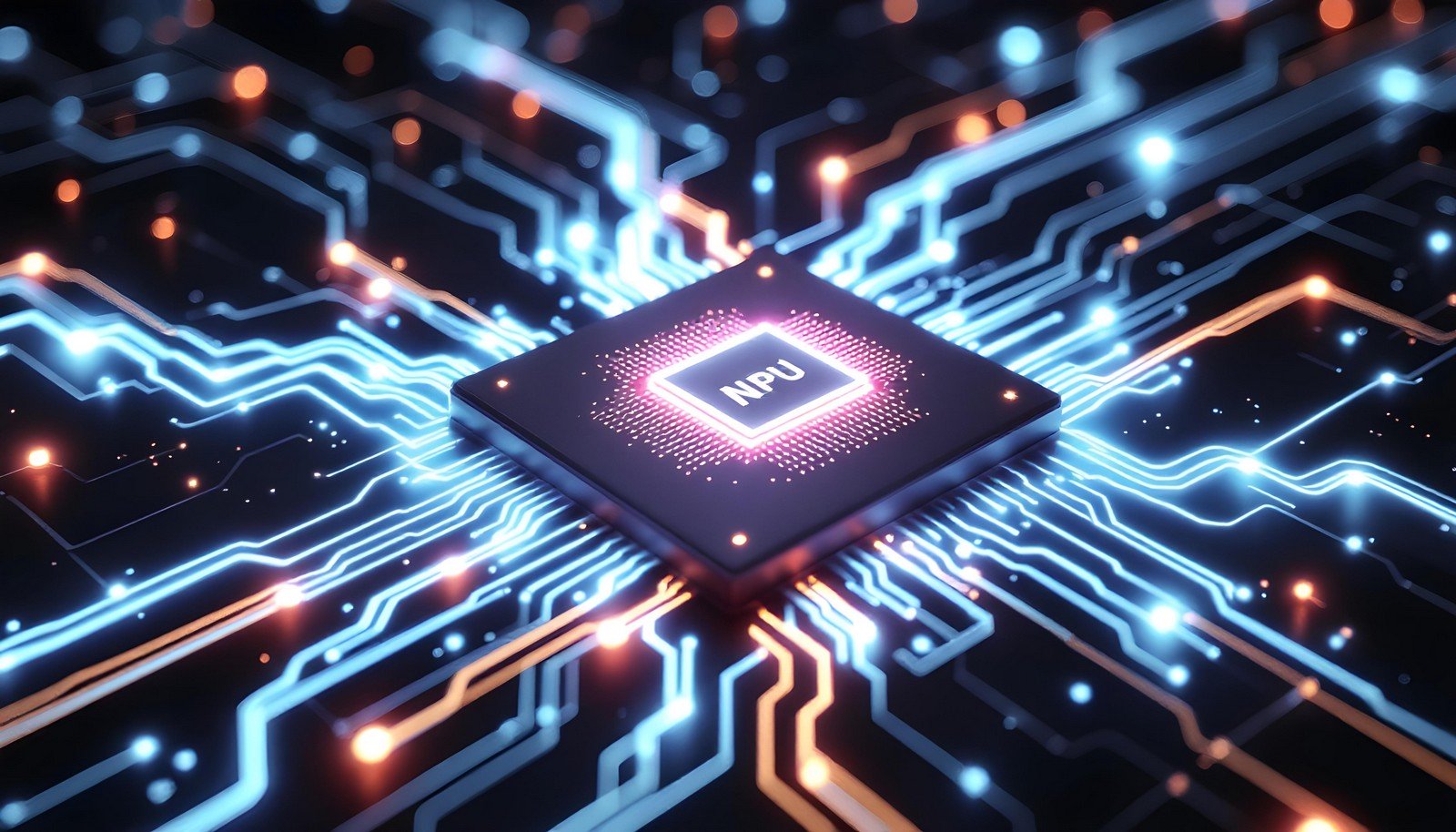Neural Processing Unit

Quick Navigation:
- Neural Processing Unit Definition
- Neural Processing Unit Explained Easy
- Neural Processing Unit Origin
- Neural Processing Unit Etymology
- Neural Processing Unit Usage Trends
- Neural Processing Unit Usage
- Neural Processing Unit Examples in Context
- Neural Processing Unit FAQ
- Neural Processing Unit Related Words
Neural Processing Unit Definition
A Neural Processing Unit (NPU) is a specialized microprocessor designed to accelerate machine learning tasks, particularly artificial neural network computations. Unlike traditional CPUs or GPUs, NPUs are optimized for deep learning operations, such as matrix multiplications and convolutional processing. They improve efficiency and speed while reducing power consumption, making them ideal for AI applications in mobile devices, data centers, and edge computing.
Neural Processing Unit Explained Easy
Imagine you have a super-smart helper just for solving puzzles. The NPU is like that helper for computers, specially built to handle tasks like recognizing faces or understanding speech. It works faster and uses less energy than regular helpers (like CPUs) when doing these jobs.
Neural Processing Unit Origin
NPUs emerged as a response to the growing demand for faster and more energy-efficient solutions to run artificial intelligence workloads. Early developments began in the 2010s as tech companies sought hardware innovations to keep up with the exponential growth of AI algorithms.
Neural Processing Unit Etymology
The term "neural processing" derives from its focus on artificial neural networks, which mimic the structure of biological brains, paired with the concept of a "processing unit," indicating a distinct computational chip.
Neural Processing Unit Usage Trends
NPUs have gained significant momentum in recent years with the rise of AI. From smartphones to autonomous vehicles, industries are integrating NPUs to enhance performance. For instance, smartphones use NPUs for real-time photo enhancements and voice assistants, while data centers rely on them for large-scale AI model training.
Neural Processing Unit Usage
- Formal/Technical Tagging:
Artificial Intelligence, Machine Learning, Neural Networks - Typical Collocations:
"neural processing unit performance," "NPU for mobile devices," "energy-efficient AI processing," "real-time NPU computations"
Neural Processing Unit Examples in Context
- Modern smartphones use NPUs to improve camera image quality by applying AI filters in real-time.
- Autonomous vehicles leverage NPUs to process sensor data and identify road elements like traffic signs.
- Data centers deploy NPUs to speed up training and inference of large-scale language models.
Neural Processing Unit FAQ
- What is an NPU?
An NPU is a specialized processor for accelerating AI tasks, particularly neural network computations. - How does an NPU differ from a GPU?
While GPUs handle general-purpose parallel processing, NPUs are optimized specifically for deep learning workloads. - Why are NPUs important?
They enable faster, more efficient AI computations with lower power consumption. - Which devices use NPUs?
NPUs are found in smartphones, autonomous cars, and AI-powered data centers. - Can NPUs handle traditional computing tasks?
NPUs are designed for AI-specific tasks and are not as versatile as CPUs for general-purpose computing. - What industries benefit most from NPUs?
Industries like mobile technology, healthcare, automotive, and cloud computing. - Are NPUs replacing GPUs?
NPUs complement GPUs rather than replace them, offering specialized acceleration for neural network tasks. - How energy-efficient are NPUs?
NPUs are highly energy-efficient, consuming less power than GPUs for the same AI tasks. - What software frameworks support NPUs?
Many frameworks, such as TensorFlow and PyTorch, are compatible with NPUs. - Are NPUs suitable for edge computing?
Yes, NPUs are ideal for edge devices where power efficiency and real-time processing are crucial.
Neural Processing Unit Related Words
- Categories/Topics:
Artificial Intelligence, Deep Learning, Edge Computing
Did you know?
The first commercial NPUs, like the one in Huawei’s Kirin 970 processor, revolutionized mobile AI by enabling real-time language translation and photo enhancements. This marked a pivotal shift in how smartphones handle on-device AI tasks, reducing reliance on cloud computing.
PicDictionary.com is an online dictionary in pictures. If you have questions or suggestions, please reach out to us on WhatsApp or Twitter.Authors | Arjun Vishnu | @ArjunAndVishnu

I am Vishnu. I like AI, Linux, Single Board Computers, and Cloud Computing. I create the web & video content, and I also write for popular websites.
My younger brother, Arjun handles image & video editing. Together, we run a YouTube Channel that's focused on reviewing gadgets and explaining technology.



Comments powered by CComment